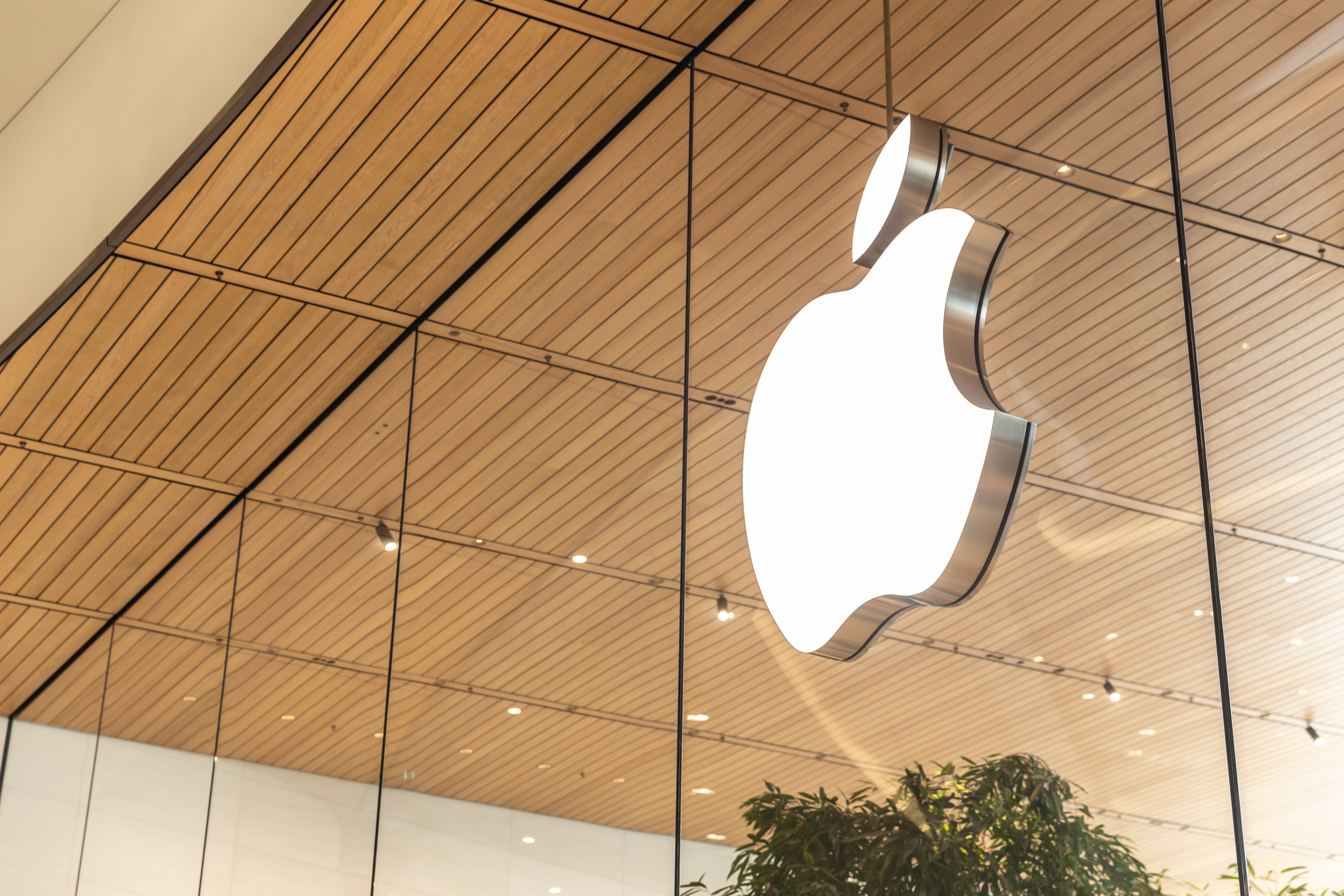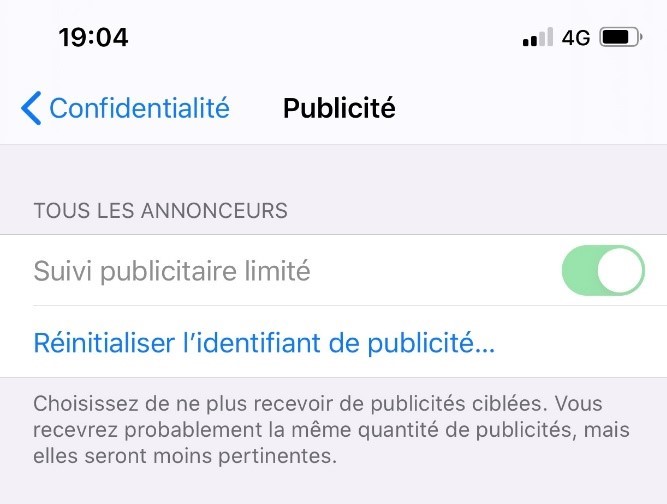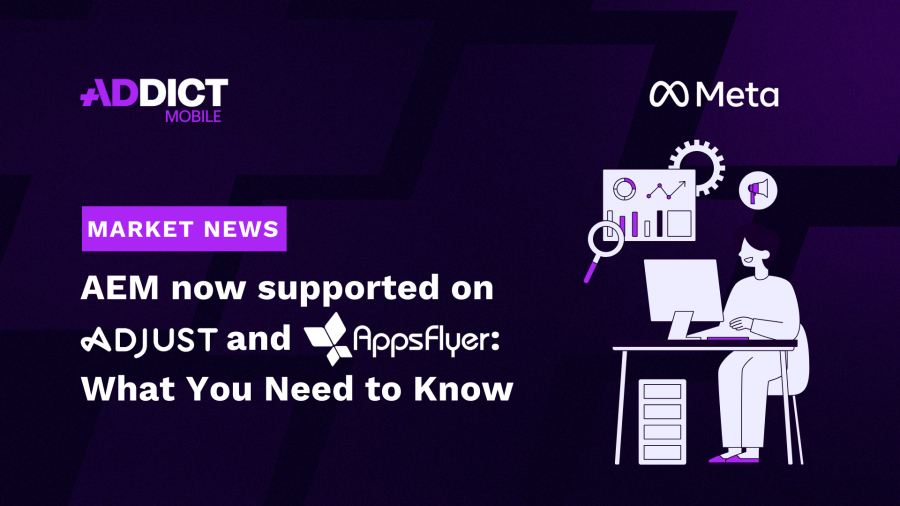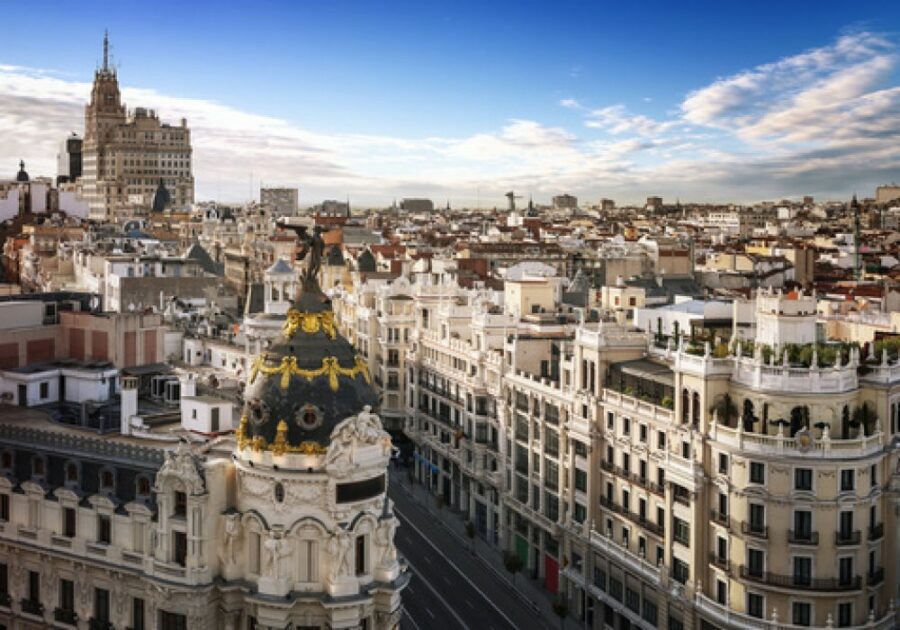Apple limited the IDFA: a change that will push the app advertising sector forward

At their latest “Developer Conference”, the WWDC 2020, Apple announced the launch of their new operating system: iOS 14. This announcement was accompanied by another announcement regarding the deprecation of their IDFA. News that justifiably worries the whole mobile advertising industry.
But the first days of turmoil, speculation and false rumours have finally subsided, giving way to solutions and discussions between the various industry stakeholders.
Being at the heart of the app ecosystem, Addict Mobile is of course affected by this issue, given its interactions with media partners: Facebook, Google, Apple, Snapchat, TikTok, etc. But also because of the mobile attribution tools used: Adjust, Appsflyer, Kochava, Branch… and the apps’ editors, our customers.
Here is an update as of July 7, 2020.
What is the IDFA?
The IDFA (Identifier For Advertisers) is an ad identifier specific to each iOS device. It is used to assign an installation to the source that generated it. In this respect, it is at the base of the advertising market for iOS apps. It is the most widely used attribution method in the advertising market. But Apple has decided to make it obsolete.
More information on how this tracking system works in this video.
The IDFA at the mercy of Apple’s new pop-up consent form
With the launch of iOS 14 in September, Apple continues its momentum on data protection by giving users more control.
The American firm had already reinforced this control with the LAT (= Limit Ad Tracking) in the past when they launched the iOS 10. Indeed, this option allows users to disable their IDFA to prevent their data from being shared (see screenshot). However, only 10 to 20% of users perform this operation.

Today, Apple goes even further by implementing an automatic consent pop-up window when users open an app. This pop-up requires the user’s consent to be able to track their behaviour on apps or online, as shown in the following screenshot:

Two options are therefore available to the user:
– If they allow the tracking, nothing changes, we follow the existing model.
– If they refuse the tracking, the IDFA is not accessible, which means that ad tracking cannot be done through this identifier.
Because of this new feature, we move from an opt-out system via the LAT — where the users themselves decide to deactivate a feature already available on their phone — to an opt-in system with a consent pop-up window, where the users activate (or not) a feature that is not available by default.
It is estimated that almost all iOS devices will be running on iOS 14 by the end of 2020. This means that the timeline is not long enough for us to think comfortably about possible alternatives.
What kind of impact on the mobile advertising industry?
Following this news, most of the stakeholders involved in this change have spoken out in support of Apple’s evolution. They confirmed they would work with Apple to ensure that the industry continues to prosper.
The fact remains that the announcement is shaking up the market.
Attribution tools: Their role is to assign installs via each user’s IDFA. Without this IDFA, the entire attribution model on iOS collapses.
Advertisers: How to optimize media/advertising campaigns investments if the iOS data is largely missing?
Media sources: Facebook, Google and the like will collect much less information that is necessary for their algorithms to work. But they will also and mostly face timid advertisers who will be hesitant to take decisions. In fact, they will no longer know if investing on such a platform is relevant since they will no longer have access to the data generated from their campaigns.
Of course, there is still Android, but iOS represents a huge part of advertisers’ investments. And iPhone users are highly wanted because of their strong propensity to engage/pay for apps.
At Addict Mobile, the investments we make on behalf of our customers since 2019 are similar on both operating systems: namely 49% for iOS and 51% for Android. It is therefore unthinkable to work without iOS.
A change but not an end in itself
Now that the announcement effect has worn off, industry stakeholders are thinking about possible solutions and alternatives for the future.
At the time of publication of this information, nobody had access to the beta version of iOS 14. No one, therefore, had clear visibility on this subject, hence the difficulty in projecting oneself. Currently, the market stakeholders (with attribution tools in mind) are communicating directly with Apple to move forward on the subject.
Adjust, specifically their cofounder and CTO Paul Muller, published three interesting articles on this matter, which summarize the situation and the opportunities/alternatives already considered by the German company. He talks about:
– Fingerprinting as a tracking solution even if it remains probabilistic. Indeed, this solution uses several device criteria (IP, geolocation, language, OS…) in order to assign the install to a single user. In contrast, IDFA is deterministic: 1 ID = 1 user).
– The use of a model similar to the Google Playstore Referrer (API allowing Apple to send data to its partners without sharing the IDFA) could be studied.
– The possible implementation of whitelisting by Apple for some players such as Adjust, which would use the IDFA in its pure and simple attribution role.
– The irrelevance of the SKAdNetwork regarding attribution, because as it stands, this tool suffers from far too many shortcomings to be used for attribution.
– The Apple App Tracking Transparency Framework could be the solution. Adjust notably uses one of the exceptions allowed by Apple to offer an alternative (in their 3rd article):
> Move the user consent to the app that broadcasts the ad and use an IDFA hashing method so that you don’t have to ask for consent via a pop-up on the app landing page.
We strongly advise you to read these articles if you wish to delve into the technical part of this subject.
Articles: Mobile mesurement in iOS 14 : four possible scenarios, The Future of the ad ecosystem on iOS 14, The attribution hash
Our media partners, led by Facebook and Google, prefer to take the time to analyze and reflect on the situation before communicating on the subject.
– Can they offer in-house solutions via their proprietary data? This seems complicated to implement for two reasons:
– How can we benefit from a universal tracking system without IDFA, because even with proprietary data, it seems unlikely to offer a universal allocation while reaching an attribution rate close to 100%?
– Would Apple tolerate alternative attribution methods that are potentially inconsistent with their desire to protect user data?
But nothing is impossible for these two digital giants, so stay tuned.
Addict Mobile’s position
We are only at the brainstorming phase of this new era. Many aspects will change in the coming weeks. For this reason, Addict Mobile is discussing every day with all the market stakeholders in order to gain a better understanding of the subject and communicate optimally with our customers.
Changes of this kind in the digital industry have always happened. They imply that players adapt and that the models change to allow the market to keep evolving in the right direction.
Addict Mobile is therefore confident that market stakeholders will find the best solutions to address these issues, while respecting what is at the very heart of our business: that is to say the user.
Author : Manuel Pacreau, User Acquisition Director @Addict Mobile
10 years of expertise in Mobile acquisition,
Manuel manage Addict Mobile Adops teams since 2016
NEWS
Article in relation

AEM now supported on Adjust and AppsFlyer: What…
Adjust and AppsFlyer have just adopted Aggregated Event Measurement (AEM) in their attribution models. This integration of AEM by Adjust and AppsFlyer is...
Published on 18 October 2024
Interview with Íñigo Lopetegui, Regional Manager Middle East…
Meet Iñigo Lopetegui, Regional Manager Middle East at Addict Mobile. Since joining in 2022, he initially oversaw Southern Europe before shifting his focus...
Published on 16 October 2024
Granularity in UA: the key to creative performance
In user acquisition, creatives are a key driver to maximize campaign efficiency. To fully leverage this potential, it’s important to understand what works...
Published on 2 October 2024

